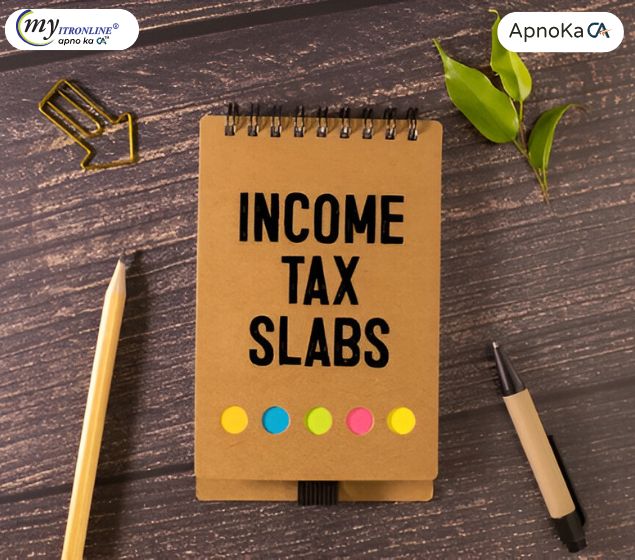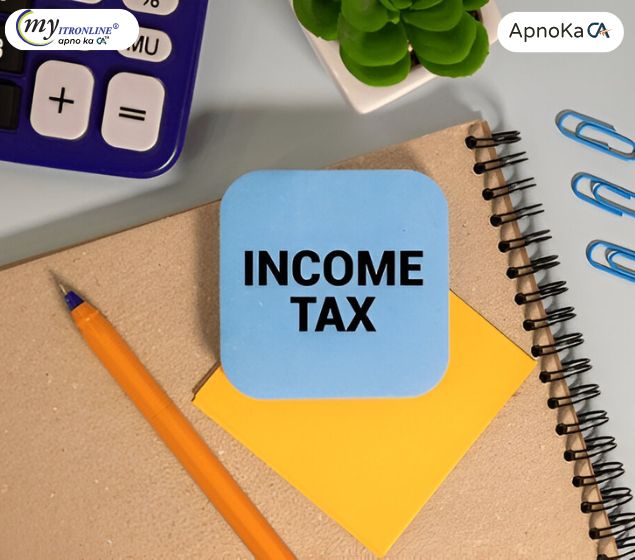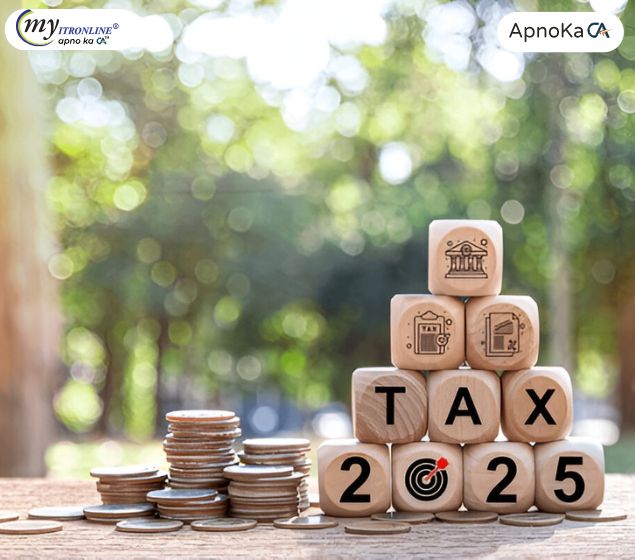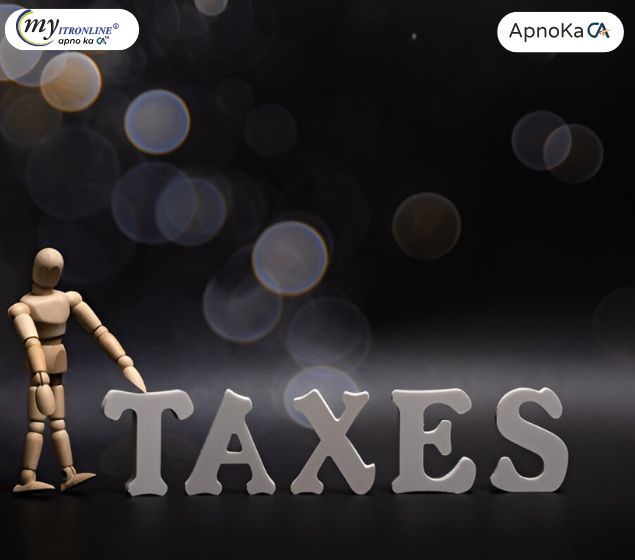# fy2025
8 posts in `fy2025` tag

Which Tax Regime Should You Choose in FY 2025-26? Old vs New Explained
This blog decodes the key differences between the Old and New Income Tax Regimes for FY 2025-26, following the updates in Budget 2025. It covers the latest tax slabs, standard deductions, rebates, and provides practical scenarios to help taxpayers decide which regime is more beneficial based on their income and eligible deductions.

India Capital Gains Tax FY 2024-25: Shares & Mutual Fund STCG/LTCG Rates
This post details the taxation rules for capital gains from shares and equity mutual funds in India for FY 2024-25 (AY 2025-26). It explains the crucial changes effective July 23, 2024, including updated STCG and LTCG tax rates, revised exemption limits, holding period classifications, dividend taxation, and reporting requirements in ITR forms.

Understanding ITR: Your Definitive Guide to Income Tax Returns in India (2025)
This guide explains Income Tax Returns (ITR) in India for AY 2025-26. It defines ITR, outlines the significant benefits of filing (like refunds, loan proof), details who must mandatorily file based on income thresholds (e.g., GTI > ₹3 Lakh in new regime) or specific high-value transactions (deposits > ₹1 Cr, foreign travel > ₹2 Lakh etc.), and clarifies exemptions, including the specific conditions for senior citizens over 75 under Section 194P.

Avoid Penalties: The Advance Tax Guide for Indian Influencers (2025)
This guide explains the concept of Advance Tax and its applicability to Indian content creators (YouTubers, bloggers, influencers) for the Financial Year 2025-26. It details how to calculate the liability, discusses the Presumptive Taxation scheme (Sec 44AD/44ADA), outlines payment due dates and methods (Challan 280), explains penalties for non-compliance (Sec 234B/234C), and provides practical tips for creators to manage their tax obligations effectively.

TDS Rates for FY 2025-26: A Comprehensive Guide by Section with Threshold Limits
Detailed handbook on TDS rates for the financial year 2025-26 addressing Sections 194A (interest income), 194C (contractual payments), 194I (rental payments), 194J (professional services), and 194Q (purchase of goods). Contains information on threshold limits and requirements for PAN.
.jpg)
A Comprehensive Guide to the Updated TDS Rate Chart for FY 2025-26 (AY 2026-27)
This blog includes a thorough TDS rate chart for the fiscal year 2025-26 (assessment year 2026-27). It includes TDS rates for a variety of payments such as wages, interest, rent, professional fees, and more. The site also discusses critical TDS compliance considerations such as PAN requirements, quarterly installments, and penalties for noncompliance. Stay up to speed on the newest TDS rates to guarantee a smooth tax filing experience.
.jpg)
Old vs. New Tax Regime: Which Option Suits You Best for FY 2025-26?
The Indian tax system offers two regimes—old and new—each with distinct slab rates, deductions, and exemptions. This blog compares both regimes, using examples to help you decide which one suits you best for FY 2025-26. Learn how to minimize your tax liability based on your income and investments.
.jpg)
Choosing Between the Old and New Tax Regimes: A Guide for FY 2025–26
The Old Tax Regime and the New Tax Regime are the two tax regimes that India offers to people. This document highlights the benefits, drawbacks, and tax computations for FY 2025–2026 of both regimes. Find out which regime is most appropriate for your financial status and income.
